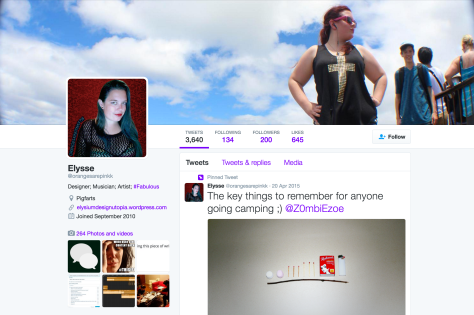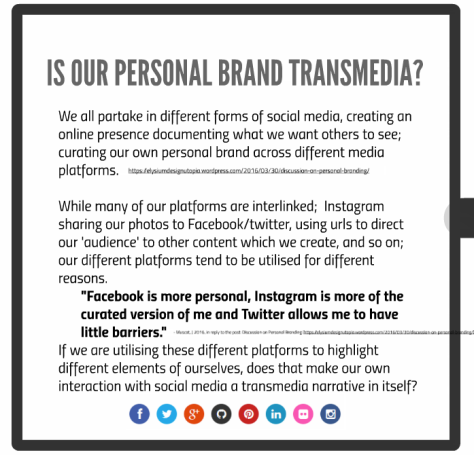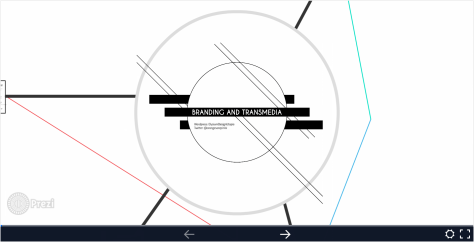TRANSCRIPT:
What is branding?
Branding is not the logo, it is not the name, but rather it is a conceptual idea, which gives consumers ‘something to believe in’. It is a set of beliefs that open the door to a relationship with your audience. The name, the logo, the media strategy are a set of identifiers for the brand which create a link between brand and and product, giving a more tangible image to identify the brand by.
So if branding is an idea, how does this relate to cybercultures?
The introduction of the internet has changed the way in which brands approach their audience. The experience becomes less about the product, and more about the consumers by utilising networks within the internet to create a social impact, creating a new network of consumers who not only have an interest in the ‘products’ being sold to them, but they also share a connection to the company through their belief system and the way in which they interact with their audience. The audience is not a passive body who will listen and agree to whatever you say, the audience is a body of people who crave connection, crave a sense of belonging, crave a relationship. Cyberculture is what enables this relationship to be formed between brand and consumer, as it allows companies to tap into a network which operates through a social basis – sharing, learning, collecting, and adding to the collective knowledge through a digital realm.
Cyberculture has created a platform for brands to incorporate user generated content as a way to promote their ideals, while also celebrating the consumer, their lifestyles, and their practices. The focus is not so much on the brand itself, but on the people interacting with it, forming a vastly different approach to the old methods of creating brand awareness. It creates a space for conversation, which moves beyond a brand just being a product, and into something which becomes more than a product: something which reinforces the idea of the brand. My research will focus not on the idea of a brand itself. Rather, it will focus on how brands interacts with the internet — particularly social media — in order to extend their brand awareness and forge valuable connections between the brand and their target audience.
Brookins, M 2010, The Advantages of Using Social Media Marketing, Chron, viewed 7 November 2015, <http://smallbusiness.chron.com/advantages-using-social-media-marketing-18593.html>
Strauss, S 2013, Think Branding, with Google – Converence Keynote – “Branding is the New Normal”, YouTube, viewed 15 March 2016, <https://www.youtube.com/watch?v=1l2CUjkg0ug>
Trigger Communications 2011, What is a brand?, YouTube, viewed 15 March 2016, <https://www.youtube.com/watch?v=sQLlPC_alT8>
Turner, E 2015, Mind The Windows: Social Media Strategy
University of East Anglia 2011, What is Branding?, YouTube, viewed 15 March 2016, <https://www.youtube.com/watch?v=JKIAOZZritk>
Elysse Turner | WordPress | Twitter









